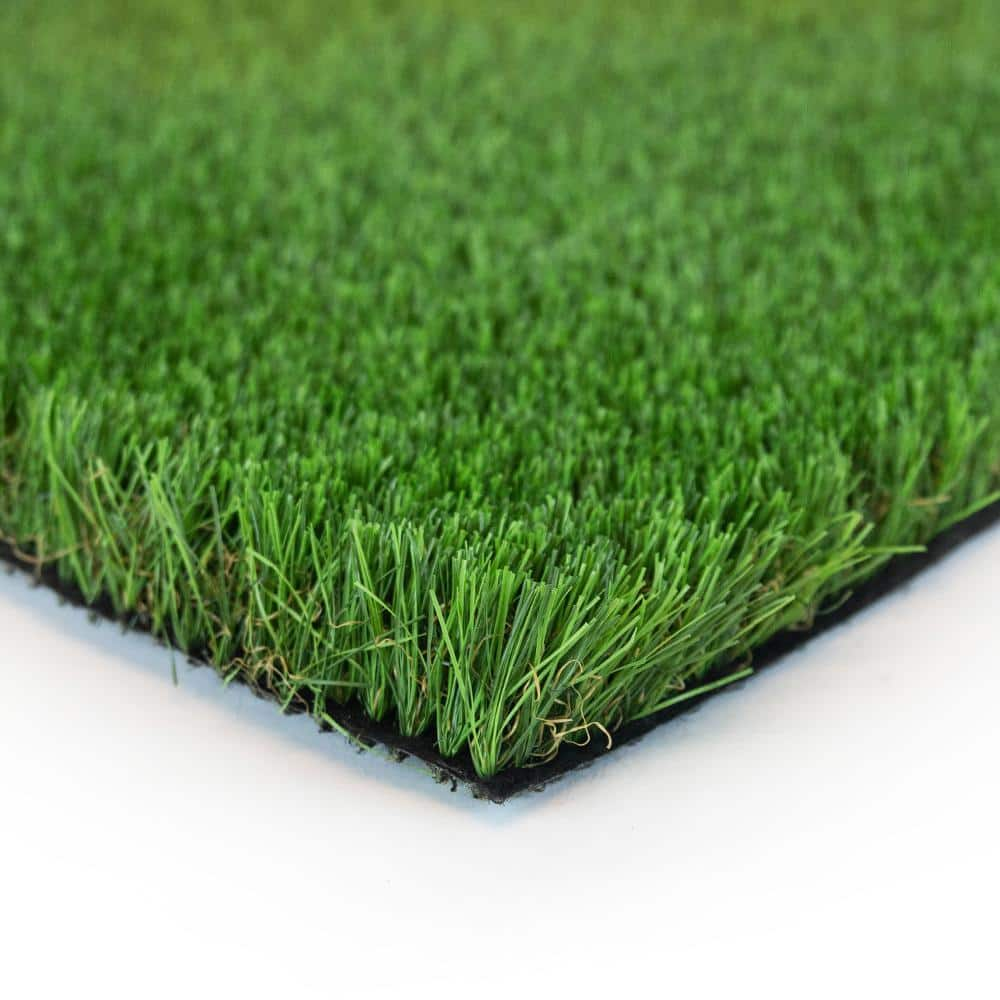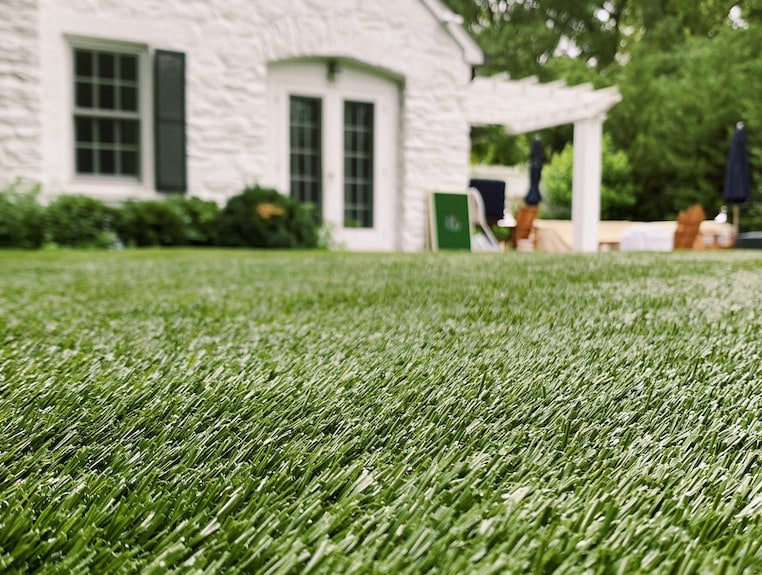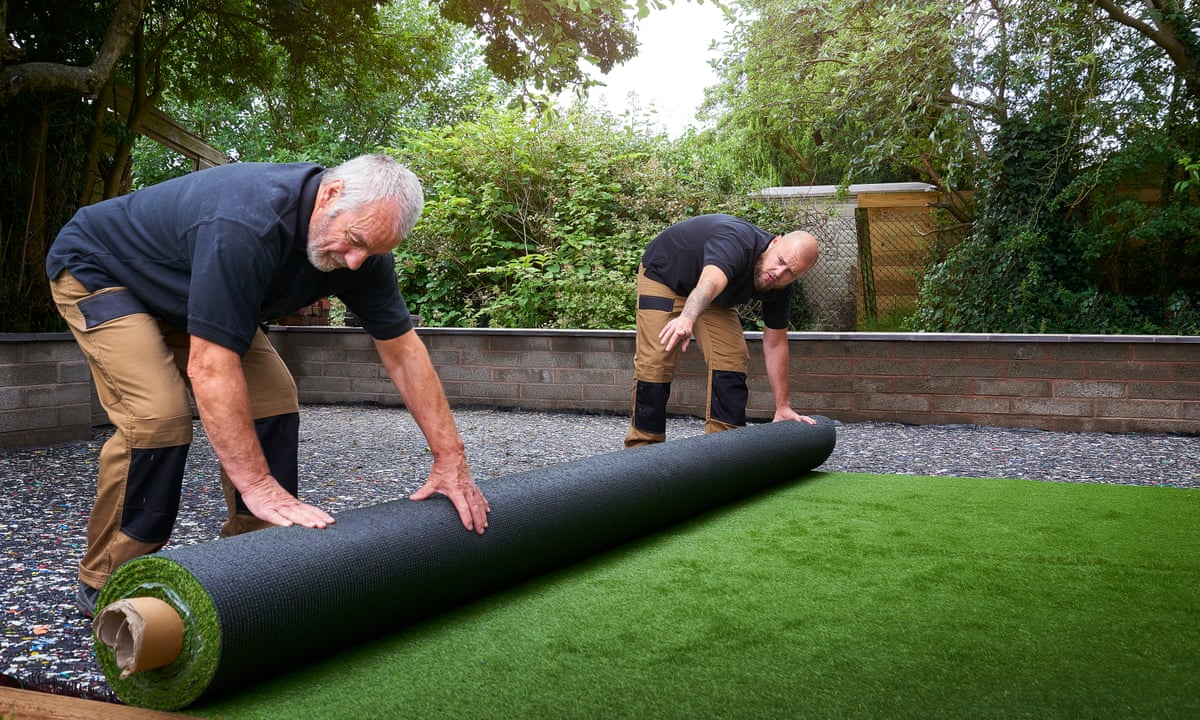Environmentally Safe Arizona Artificial Turf for a Always-Green Lush Green Lawn
Explore the Environmental Advantages of Opting for Synthetic Grass Solutions
The fostering of man-made grass remedies provides a compelling chance to attend to pressing ecological challenges. By substantially lowering water use and lessening the application of unsafe chemicals, these choices not just promote lasting landscaping but additionally safeguard neighborhood ecosystems.
Water Conservation Conveniences
Among the most significant advantages of artificial turf is its capacity to conserve water. Standard yard lawns need significant irrigation, particularly in locations susceptible to dry spell or water restrictions. In contrast, synthetic turf does not need watering, significantly reducing the overall demand for water sources. This attribute is specifically useful in deserts where water scarcity is a pushing worry.
By getting rid of the need for routine watering, artificial grass contributes to lasting landscape methods and assists mitigate the ecological impact of extreme water intake. In addition, the preservation of water reaches the reduction of drainage, which can result in soil disintegration and waterway contamination.
Additionally, the installment of fabricated lawn allows districts and homeowners to assign water resources much more efficiently, concentrating on necessary uses such as alcohol consumption water and farming. The shift in the direction of fabricated lawn not just promotes accountable water use however likewise lines up with wider ecological goals focused on maintaining all-natural resources.
As areas progressively focus on sustainability, the water conservation benefits of synthetic grass present an engaging case for its fostering in commercial and residential landscape design jobs.
Decreased Chemical Usage
The change to synthetic grass dramatically reduces the dependence on chemical treatments typically used in natural grass upkeep. Standard grass monitoring typically includes the application of chemicals, herbicides, and plant foods to promote growth and control insects. These chemicals can position risks to human health, neighborhood wildlife, and the environment, contributing to soil and water contamination.
In comparison, synthetic grass gets rid of the demand for these unsafe compounds. As soon as mounted, it needs marginal maintenance, mainly consisting of routine cleaning and infrequent infill replenishment. This reduction in chemical use not just profits the instant environment however additionally adds to broader environmental security. By reducing the release of synthetic substances into the environment, synthetic grass advertises healthier soil and water systems.
Furthermore, the absence of chemical overflow related to synthetic grass setups assists secure regional waterways from contamination, sustaining aquatic life and keeping biodiversity. Arizona turf. As communities progressively focus on lasting practices, opting for synthetic grass presents a viable solution that aligns with ecological preservation goals. With this shift, home owners can take pleasure in lush eco-friendly rooms without jeopardizing eco-friendly health, leading the way for a more sustainable future
Lower Carbon Footprint

Furthermore, the setup of synthetic grass can result in substantial water preservation. All-natural lawns need substantial amounts of water for irrigation, which not only contributes to the carbon footprint related to water extraction and therapy but additionally pressures regional water sources. In contrast, synthetic lawn needs marginal upkeep, needing no watering, thereby substantially minimizing water usage and its linked power expenses.
Additionally, the longevity of artificial turf adds to its decreased carbon effect. With a lifespan of approximately 15 years or even more, the requirement for constant substitutes is lessened, causing much less waste and lower energy usage in visit our website production and throwing away conventional turf alternatives. Generally, artificial lawn provides a lasting choice for environmentally aware landscape design.
Habitat Conservation
Environment preservation is a critical factor to consider in the discussion over landscape design choices, specifically when contrasting synthetic grass to all-natural grass. Natural lawn yards usually require considerable maintenance, consisting of making use of chemicals, herbicides, and fertilizers, which can detrimentally impact local ecological communities. These chemicals can leach into the dirt and rivers, hurting indigenous flora and animals and interrupting regional environments.
Synthetic turf gets rid of the requirement for unsafe chemicals, consequently securing close-by wildlife and preserving the honesty of surrounding communities. The installment of artificial turf can lead to the conversion of former turf locations into even more biodiverse landscapes, such as pollinator yards or indigenous plant areas, which can sustain neighborhood wildlife.
Eventually, the transition to fabricated grass not only preserves water and lowers upkeep efforts yet also cultivates a more harmonious relationship between human tasks and the all-natural atmosphere, advertising environment conservation while doing so.
Long-Term Sustainability
Long-term sustainability is a critical consider assessing the benefits of synthetic grass over traditional lawn yards. One of the most significant benefits of fabricated lawn is its sturdiness; it can last approximately 15-20 years with marginal maintenance, whereas all-natural lawn calls for regular reseeding and replacement. This long life decreases the need for consistent resources, such as water, plant foods, and chemicals, which are essential for maintaining a healthy yard lawn.
In addition, man-made lawn contributes to a reduction in carbon emissions connected with grass treatment equipment. Typical grass typically call for gas-powered lawn mowers, trimmers, and blowers, all of which add to air pollution. Artificial turf companies phoenix. On the other hand, artificial turf gets rid of the Clicking Here need for such tools, promoting a cleaner environment
Additionally, the manufacturing of synthetic grass significantly utilizes recycled materials, enhancing its sustainability profile. As producers take on eco-friendly methods, the environmental impact of synthetic turf continues to reduce.

Verdict
The adoption of synthetic grass options offers substantial environmental benefits, including substantial water preservation, lowered dependence on hazardous chemicals, and a reduced carbon footprint. In addition, synthetic grass aids in maintaining natural habitats by reducing land disruption and promoting long-lasting sustainability through the usage of durable products. Collectively, these aspects underscore the capacity of synthetic grass to contribute positively to environmental wellness and use a viable option to standard landscaping methods in an increasingly resource-conscious globe.
In contrast, artificial lawn does not need watering, Phoenix turf companies considerably minimizing the total need for water sources. By lessening the launch of artificial substances right into the ecological community, fabricated turf promotes healthier dirt and water systems.
In addition, the installment of fabricated lawn can result in substantial water conservation. In contrast, synthetic lawn needs very little maintenance, calling for no watering, thereby considerably minimizing water use and its connected energy costs.
